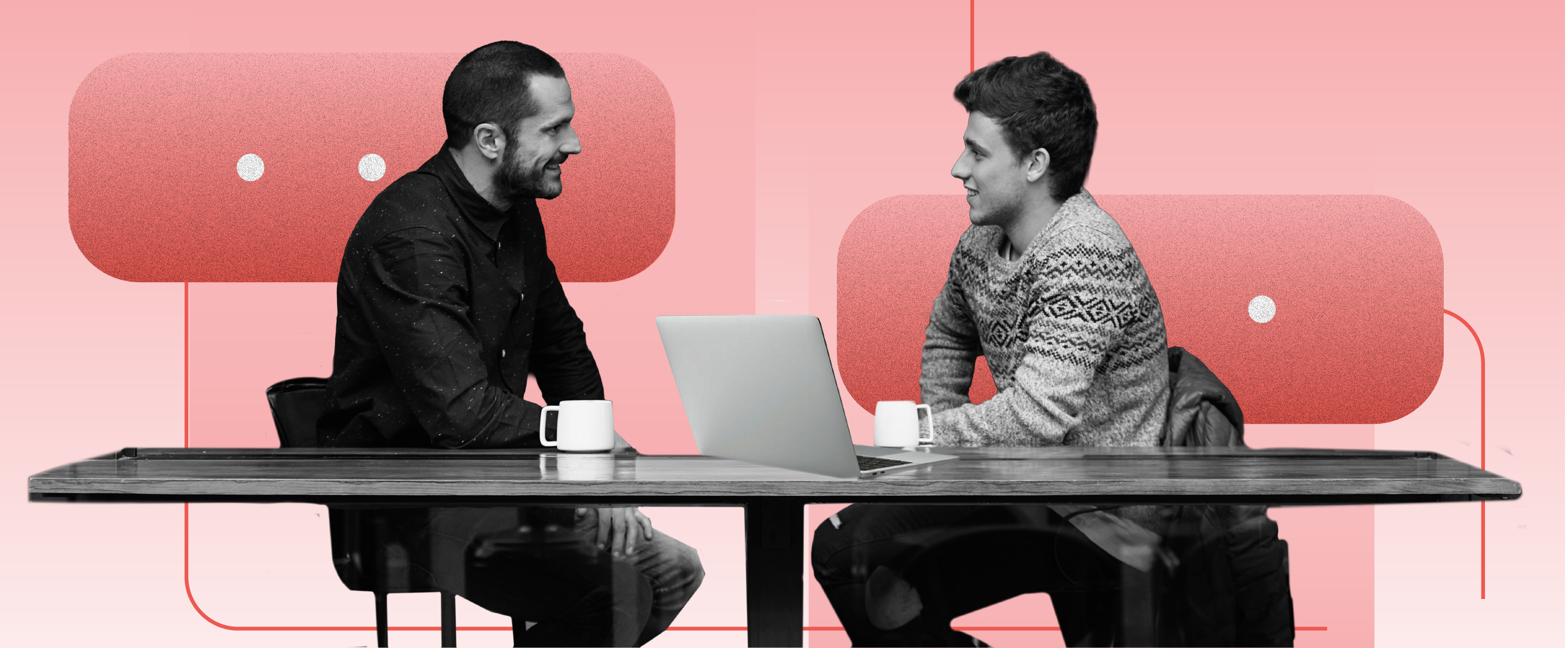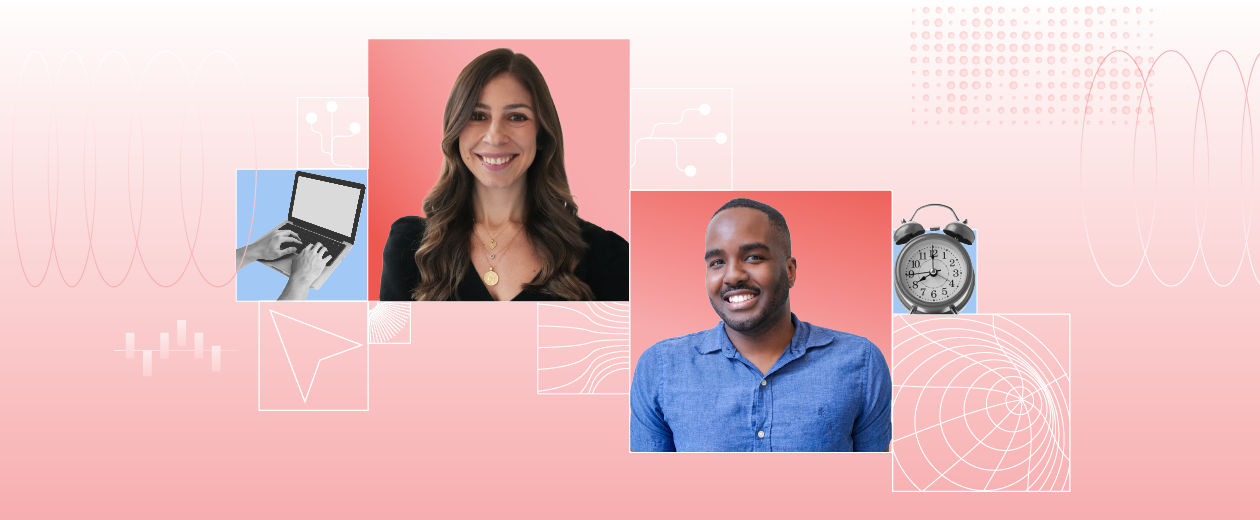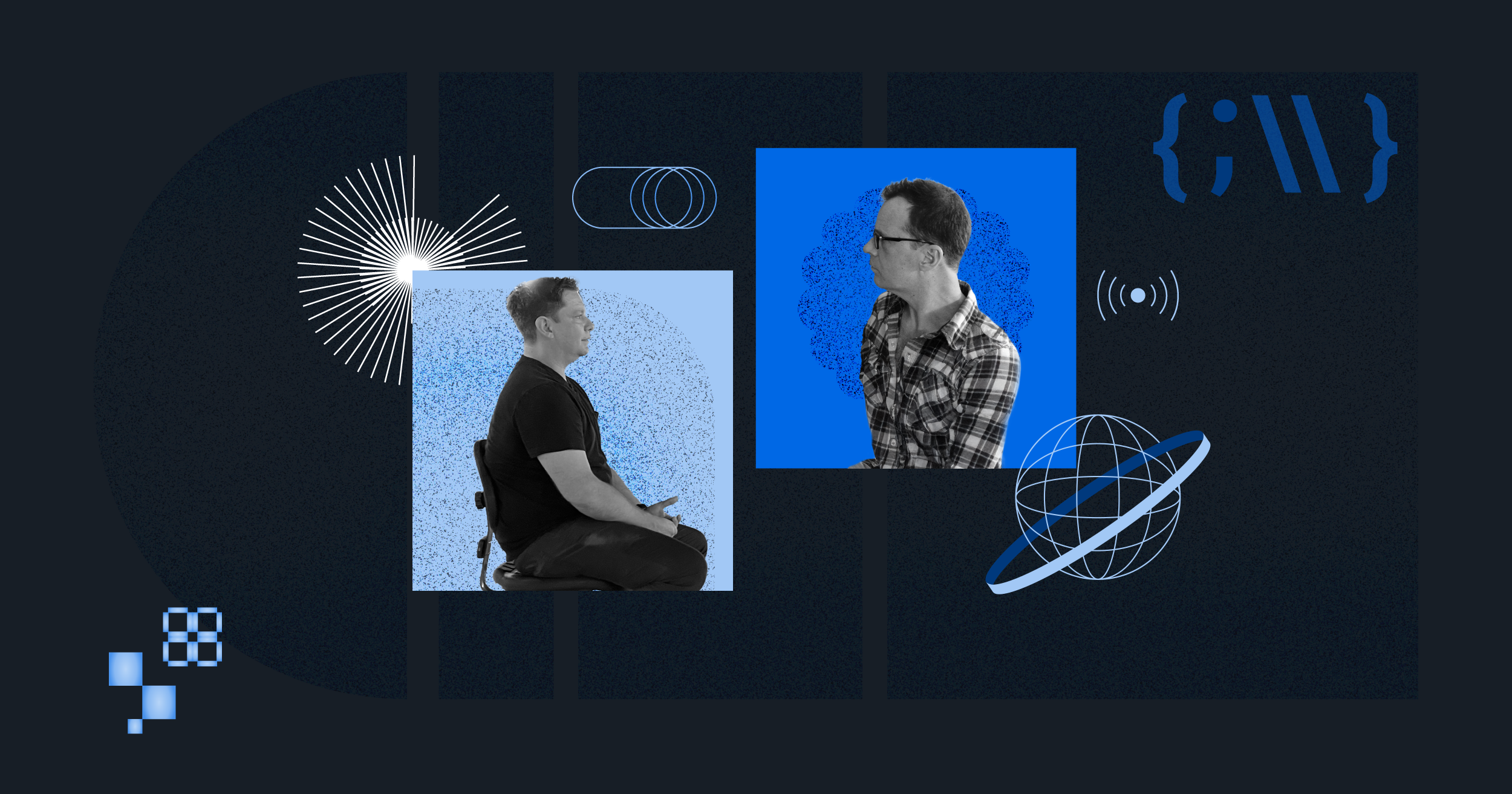
November 18, 2025
November 18, 2025

Reading time
October 28, 2025
October 16, 2025

This is the first feature in our new AI@MN series, which offers an inside look at how Mission North is adapting to the AI era, from the tools we test day to day to the strategies reshaping how we work. This series highlights what we’re finding useful, what still needs work, and how AI is helping us work smarter, write sharper, think differently, and keep our edge as super communicators.
PR professionals worldwide are racing to master generative AI platforms, reshaping their craft. From creating Gemini Gems between client calls to cramming in Claude tutorials during the train commute, the learning curve is steep. The stakes? AI literacy now separates spending hours building a media list from knocking it out in minutes.
These tools are fundamentally changing how PR pros research competitors, simplify technical messaging, discover niche outlets, and write pitches. It's the most significant workflow shift since the advent of email, replacing the fax machine.
“The majority of our clients are using AI themselves, and they expect us to be using AI in a thoughtful, methodical way to support our work," said Kwabena Stefan, Vice President, Media Strategy at Mission North. “Imagine 25 years ago if you weren't using the internet yet because you thought your client wasn't ready to move on from flipping through a massive media directory by hand."
Shara Seigel, Vice President, Media Strategy at Mission North, adds, “AI literacy is becoming just as critical as basic software literacy.”
We sat down with Stefan and Seigel, asking them to reveal how generative AI has become a central part of their daily operations. Below, they share how the tech is reshaping their everyday work, and where it still falls short.
AI literacy is becoming just as critical as basic software literacy. - Shara Seigel
Seigel: I use Gemini multiple times a day. I almost always have it open. It's very quick, and the UX is just easy.
Stefan: For any random ad hoc task that I have, I ask myself, “Could Gemini help me do this more efficiently?” If that platform can't answer it, then I might go to the others [like ChatGPT or Claude].
Seigel: I feed AI all the ingredients — the key information and details — essentially giving it a recipe to turn it into a meal, or the pitch. Once it churns it out, it requires editing and tweaking, but it strings it all together in a way that highlights and communicates the most important points.
Stefan: I want to see what our [client's] competitors are focused on, like what kind of coverage they have gotten for similar types of product announcements. So I know if tier one is realistic or not and can set expectations. Or if these huge companies haven't gotten tier-one coverage for products, we know we're facing a bigger uphill battle. That competitive research capability pairs well with another use case: discovering non-traditional media outlets that legacy databases can't track.
Stefan: Some of the stuff I'm putting in pitches is really jargony or confusing. I'll say, 'Explain this to me like I'm 12' or 'explain it to me like I am a professional who is not a technical expert.' Depending on how simplified I want it to be, it gives different answers.
I'll say, 'Explain this to me like I'm 12' or 'explain it to me like I am a professional who is not a technical expert.' - Kwabena Stefan
Seigel: I'm someone who has always been a slower writer because I'm a bit of a perfectionist. AI helps me get out of my head when writing because I can feed everything in, and it spins back something much faster than if I was working on it from scratch. From there, I can fine-tune it and make it ready for media consumption.
Stefan: AI platforms are unusually good at finding Substacks and other influencer platforms. If you're searching for developer coverage beyond business and trade pubs, many traditional resources lack a Substack filter. With AI, I can say 'I just want Substacks' or 'I just want podcasts.' Also, if I find comprehensive Substack lists online, I can have AI turn that into a table-format media list in a few seconds, whereas that would take a lot of work otherwise.
Seigel: We recently took a pitch and said, “Can you tweak the first sentence and subject line so it matches the style of this reporter at this outlet?” It still took time, but it was much quicker and gave us pretty accurate results.
Seigel: AI is missing the human sensitivity chip. I've had it suggest subject lines that were completely inappropriate for Breast Cancer Awareness Month campaigns. You still need that human touch for cultural appropriateness.
AI is missing the human sensitivity chip. - Shara Seigel
Stefan: For any critical document, I might have ChatGPT look at something that Gemini reviewed with the same source material. It's good not to rely on one AI's biases since they have their own ranking of sources. And of course, the golden rule is to always think critically about, scrutinize, and give proper review to anything that was created with any level of AI involvement.

October 28, 2025
October 28, 2025